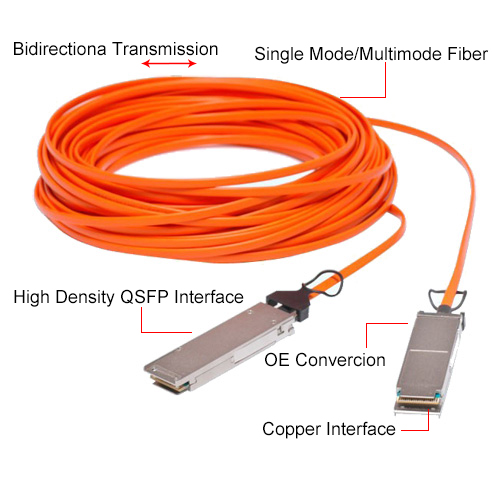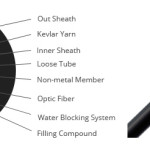In modern building design, riser cables play a pivotal role in ensuring safe, efficient, and reliable connectivity between floors. But what exactly defines a riser cable, and why it is critical for vertical infrastructure? Let’s explore the fundamentals.
What is Riser Cables?
The riser cable is a fire-resistant cable specifically designed for vertical installations inside buildings, such as elevator shafts, utility chutes, or stairwells. Unlike standard CM-rated cables, which are suitable for horizontal, non-plenum spaces, riser cables meet stricter safety standards to prevent flame spread and smoke toxicity in enclosed vertical pathways.
Key Features
- Fire Resistance: Riser-rated cables are designed to self-extinguish and limit smoke emissions, reducing the risk of rapid fire propagation through building shafts.
- Durability: Built to withstand mechanical stress, these cables maintain performance in high-traffic vertical zones.
- Compliance: They adhere to industry standards like the National Electrical Code (NEC), ensuring safety in multi-story structures.
Applications
- Data Transmission: Support ethernet, fiber optics, and other networking needs across floors.
- Power Delivery: Enable electrical connectivity for lighting, HVAC systems, and emergency equipment.
- Security Systems: Facilitate surveillance, access control, and fire alarm networks.
Why Riser Cables Matter
In emergencies, riser cables act as a lifeline. Their fire-resistant properties delay structural collapse and provide critical time for evacuation. For everyday operations, they ensure seamless communication and power distribution, underpinning smart building technologies and IoT ecosystems.
Riser vs. Plenum Cables: What’s the Difference?
While riser cables suit vertical shafts, plenum cables are designed for air return spaces (e.g., above drop ceilings). Plenum cables have even stricter smoke and toxicity standards due to their exposure to air circulation systems.
Future-Proofing with Riser Cables
As buildings evolve with 5G, Wi-Fi 6E, and AI-driven systems, riser cables remain a cornerstone of scalable infrastructure. Their ability to balance safety and performance ensures they’ll continue to support vertical connectivity demands for years to come.
Conclusion
Riser cables are more than just conduits for data and power—they’re a safety-first solution engineered for the vertical complexity of modern architecture. Whether you’re designing a skyscraper or retrofitting an office complex, choosing the right riser cable ensures reliability, compliance, and peace of mind


